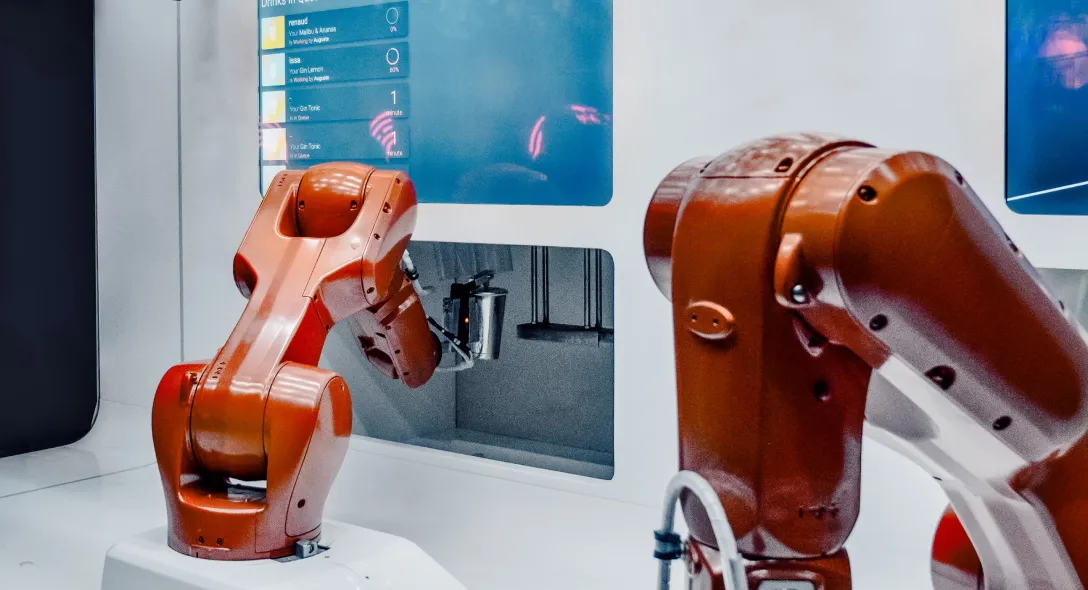COVID-19(corona) has resulted in the deaths of thousands of people and has affected hundreds of thousands of people across the world. The situation is so severe that the WHO has announced this outbreak as pandemic. Governments have requested their people to stay indoors and shut down public gathering spots like malls, theatres, schools, colleges, etc. The number of people traveling has reduced, companies are going remote and has requested employees to work from home.
Health screening setups have been put across airports, railway stations, IT companies, and any functioning crowded places. In the screening process, the temperature of the person is checked and recorded. If the temperature is above the normal temperature then the individual will be quarantined. This is easier in less crowded areas. Consider the airport; Screening hundreds of people at a time is not an easy task. What if the health check officer is affected by the disease too? It’s a huge risk to undergo. So, in order to solve this issue, we can replace it with a bot in the place of a human. This could have several advantages as bots won’t get exhausted or catch the virus. We can reduce the risk and effort of humans and reduce the spread of disease.
In this article, we are going to see this process in detail.
The idea of a health screening prototype:
This prototype not only requires software support like AI and RPA but also some hardware components in order to fetch the data. AI will use face detection and face recognition in this prototype. If we have enough training data consisting of images of people, we can use it to train the bot and implement our prototype. When this is done, the prototype will recognize a person when they are near and trigger the hardware which detects the temperature of the human body. If it is higher than normal, then the person will be quarantined for other health checkups.
What does RPA do here? If the person is detected with high temperature, then the RPA bot will alert the medication team who is responsible to perform protocols and treat them. On top of this, a log will be maintained on all the scans performed and their results.
Detailed Process:
Now let’s discuss in detail both the hardware and software requirements and their working. Hardware requirements of the prototype are IP cameras, temperature guns, and dedicated systems. On the software side, Uipath should be installed.
With the camera, we will record the people approaching the checkpoint. Face recognition will detect the person and map their identity. AI models will be trained with the available image data. Now, the temperature gun will be triggered to detect the temperature. If the temperature is high, an alert will be sent to the medical officials and the system logs the person’s details with the detected temperature. This log will help the medical officials while treating them. Even if a person is detected with normal temperature, it will be helpful in the future to determine their history. This can be implemented in the airport and in other crowded places.
Let us consider the case where images are not available to train the AI model. If the images are not available, we can make use of the Face detection technique. This will map the detected face and the process of checking temperature will repeat as explained above.
This entire process will help in controlling the spread of disease by restricting human involvement. This process is also effective in detecting the temperature, which in turn can help us test for COVID-19 symptoms.
Subscribe to our newsletter
Get the latest updates from our team delivered directly to your inbox.
Related Posts
3 Genius ways to use RPA in your organization
RPA can help your organization handle data 10x times better. Read to explore the different ways.
9 Key Business Benefits of RPA
RPA, the next evolution of business operations provides huge benefits to enterprises by automating their manual and repetitive tasks, enabling humans to work on creative and logical tasks
A Guide to Extracting Multiple Tables from Web Page with UiPath
Data scraping is transforming the world with its applications. Digital businesses, Marketing and researchers are highly benefited by data scarping. Here is how to extract multiple tables from single webpage using Uipath.
